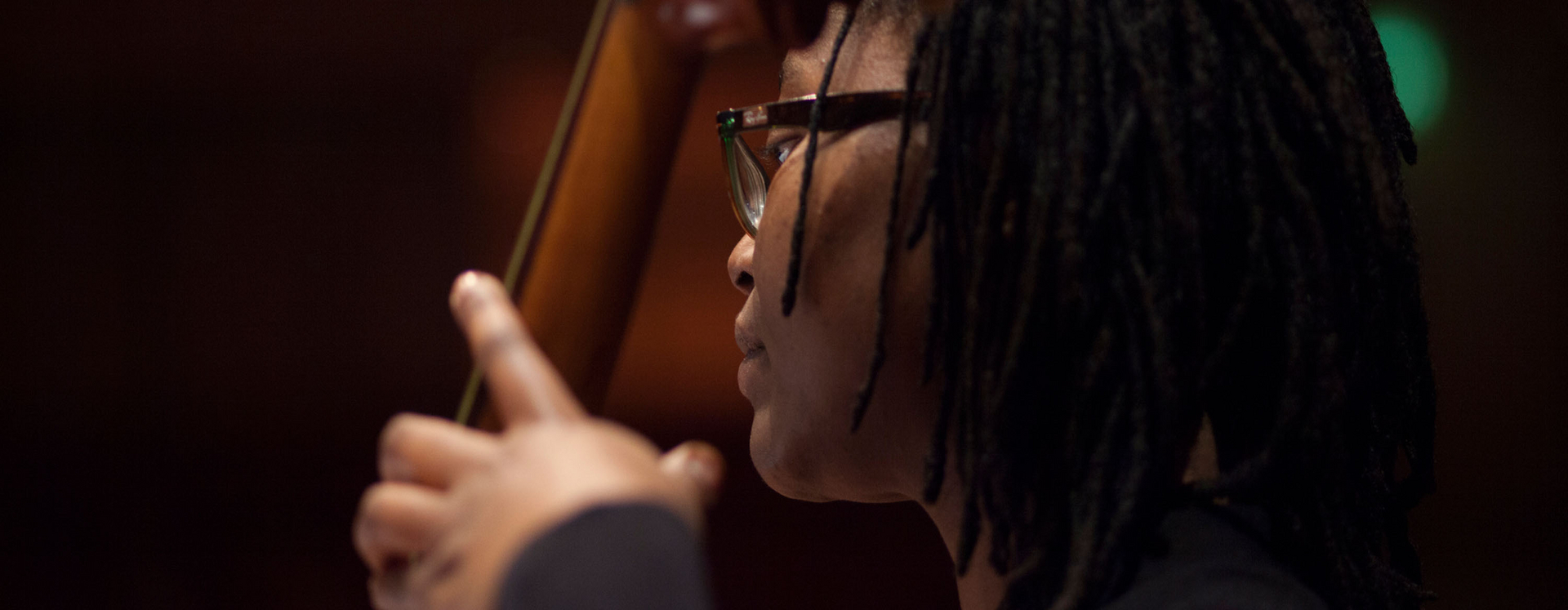Renaissance and Baroque Dance
Through the ages, there have been dance forms that have dictated musical forms – the pavane and the minuet, for instance. Particularly in the Baroque period, dance was very closely connected to music, as the wealth of suites that refer to the dances of the day attests. During that period, dance was considered to be part of a person’s upbringing and education. There were also musicians who danced, Jean-Baptiste Lully being the best known. One aspect of his innovative approach to opera was the role he assigned to dance.
In the Renaissance (the fifteenth and sixteenth centuries), a division emerged between country and courtly dances. The latter required training in comportment and execution. In addition, a distinction came to be made between dances featuring leaps and lifts, and those in which the dancers’ feet did not leave the ground.
In the Baroque period (the seventeenth and eighteenth centuries), a further distinction began to be made between courtly and theatrical dances; a distinction was also made between courtiers and professional dancers. Another difference between Renaissance and Baroque dance is the movement made on the upbeat and the first beat. This movement is part of most steps from that time.
In our Renaissance and Baroque dance lessons, we will be working on the various dance forms reflected in the music. Course participants will learn to move to binary, tertiary and compound metres, experiencing how this feels physically, and thus learn to distinguish the historical dances from one another. Students will learn various steps and dances, and a link will be made between the movement on the upbeat and the accent on the first beat.
